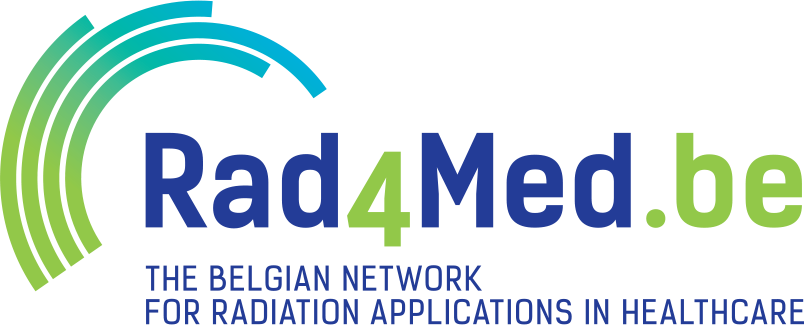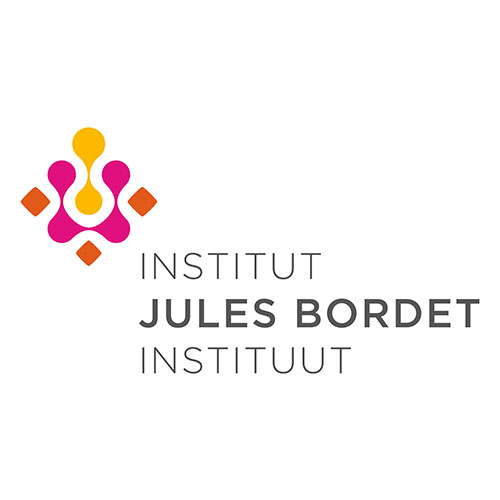Bordet Institute is an integrated, multidisciplinary centre, unique in Belgium, which enjoys an international reputation. The hospital is devoted entirely to patients affected by cancer. For more than 75 years, their teams have been offering patients leading-edge diagnostic and therapeutic strategies in the prevention, screening and active treatment of all types of cancer. The Jules Bordet Institute also carries out important research activities which every year lead to major discoveries, as well as providing high-level, specialised university training.
Research and clinical axes & activities
The ongoing research activities mainly focus on the use of PET-CT for molecular imaging in clinical and translational research in oncology. The nuclear medicine department is also playing a pioneer role in the development and clinical implementation of new targeted radionuclide treatments in oncology. A particular emphasis is put on the development of “companion” imaging techniques ensuring accurate patient selection and dosing based on predictive dosimetry models using radiopharmaceuticals mimicking the therapeutic agent’s bio-distribution (theranostics).
Current application fields in nuclear medicine and radionuclide therapy:
- Internal radioembolization (SIRT) of liver tumours using Yttrium-90 labelled resin microspheres
- Radioimmunotherapy of CD20-positive lymphoma with Y-90 rituximab
- Radium-223 for treatment of osteoblastic bone metastasis in prostate and breast cancer patients
- Lutetium-177 octreotate for systemic treatment of well or moderately differentiated unresectable and/or metastatic neuroendocrine tumours
The main area of research of the Radiation Oncology department is related to the development of new radiation approaches for patients. The main area of expertise is oncology and radiation physic. The unit has 4 linear accelerators providing classical irradiation from 2D, to 4D radiotherapy including IMRT and VMAT. An accelerator is in an operating theatre to perform intraoperative radiotherapy.
A gammaknife unit allow to do radiosurgery. Furthermore, different brachytherapy techniques are available. This require to have all the facility to do the dosimetry and calibration of the different equipment
Current application fields in radiation oncology:
- Intensity-modulated radiotherapy
- Image-guided radiotherapy
- Radiosurgery
- Brachytherapy
- Intraoperative radiotherapy
- Radiation physics
- Combined modalities exist with chemotherapy, targeted biological therapies and surgery.
Ongoing projects/partnerships/collaborations
Within the ULB environment the department is closely collaborating with a nearby Cyclotron Unit (Hôpital Erasme; Brussels) and a state of the art small animal imaging facility including micro-PET, -SPECT, -CT and bioluminescence imaging (CMMI; Gosselies). The department of nuclear medicine and radionuclide therapy is involved in multiple academic and industry driven multicentre trials on the development and validation of molecular imaging biomarkers for assessing and predicting cancer treatment efficacy and patient outcome, mainly in lymphoma, breast and colorectal cancer.
Partial breast irradiation is a therapeutic area under development, using different approaches. The latest technique developped rely on intraoperative electron beam irradiation enabling full radiation treatment to be delivered at the time of surgery. Additionally, also individualised treatment and image-guided radiotherapy. This research aims at individualising treatment not only according to the physical and anatomical aspects of a tumour but also in relation to its radiobiological characteristics (proliferation rate, intrinsic radiosensitivity), i.e. through PET-CT monitoring.

